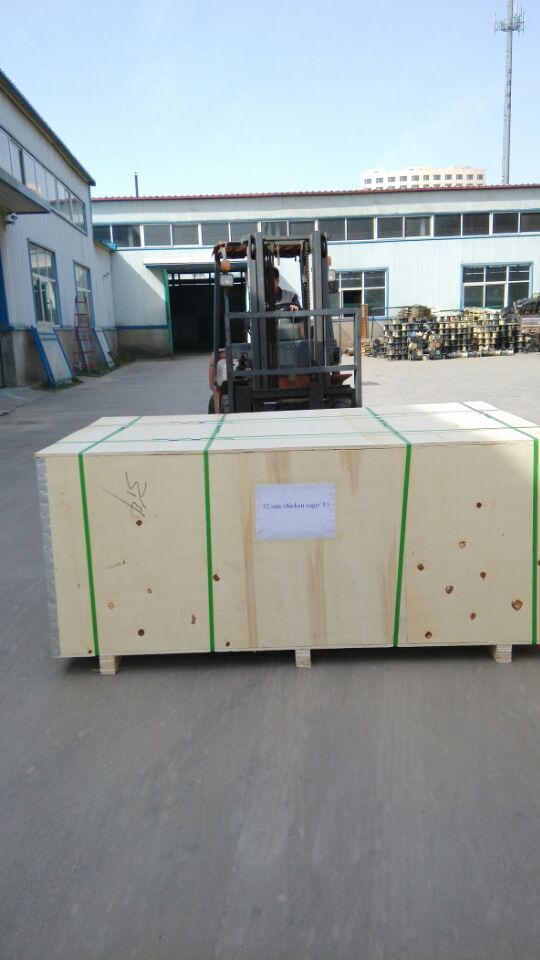high temperature exhaust fan
Nov . 13, 2024 09:15 Back to list
high temperature exhaust fan
High Temperature Exhaust Fans Ensuring Safety and Efficiency
In various industrial sectors, maintaining an optimal working environment is crucial for both worker safety and equipment efficiency. One pivotal component in achieving this is the high temperature exhaust fan. These specialized fans are designed to handle elevated temperatures and are essential in applications where hot air, smoke, and fumes need to be effectively expelled to ensure operational safety and a conducive atmosphere.
Understanding the Purpose
High temperature exhaust fans are primarily utilized in environments where standard fans would fail due to heat exposure. These fans are engineered to operate efficiently at high temperatures, typically ranging between 250°F (120°C) and 1,200°F (650°C), depending on the specific design and material of the fan. They are commonly found in industries such as metalworking, chemical processing, food manufacturing, and even in commercial kitchens where high heat levels are prevalent.
The primary purpose of these fans is to remove hot air, smoke, and potentially harmful gases from workspaces, helping to maintain air quality. This is crucial as exposure to high temperatures and toxic fumes can lead to serious health risks and accidents. By efficiently ventilating high-temperature environments, these fans help to protect workers and preserve machinery, ultimately promoting safety and productivity.
Design and Materials
The design of high temperature exhaust fans is critical for their functionality and longevity. These fans are typically constructed from materials that can withstand extreme heat, such as stainless steel or high-temperature alloys. The blades are designed to optimize airflow while minimizing resistance, resulting in energy efficiency and effective air movement.
Moreover, the motors used in high temperature exhaust fans are also specially designed to operate at high temperatures. Many of these motors are rated for elevated service conditions, ensuring a longer lifespan and reliable performance even in the harshest environments.
Incorporating features such as insulation and protective coatings can further enhance the durability of these fans, making them suitable for continuous operation without the risk of overheating or failure.
high temperature exhaust fan

Applications in Various Industries
High temperature exhaust fans are utilized across a multitude of industries due to their versatile functionality. In the metalworking industry, for instance, they are essential for expelling hot air and smoke generated during processes such as welding, cutting, and forging. In chemical plants, they serve a crucial role in managing fumes that can be both hazardous and flammable.
In the food industry, high temperature exhaust fans are integral to commercial kitchens, where they help to remove steam and smoke from cooking processes, maintaining a comfortable working environment for chefs and kitchen staff. Additionally, they are employed in food processing plants, ensuring that excess heat does not compromise food safety and quality.
Furthermore, these fans can be adapted for use in waste incineration facilities, where they assist in the expulsion of hot, noxious gases, thereby helping to maintain compliance with environmental regulations.
Energy Efficiency and Environmental Impact
In today’s industrial landscape, there is a growing emphasis on energy efficiency and reducing environmental impact. High temperature exhaust fans are designed to be both powerful and efficient, helping to minimize energy consumption. By providing effective ventilation, they reduce the need for additional cooling systems, thus further lowering energy use.
Moreover, these fans play a vital role in ensuring that hazardous emissions are kept to a minimum, contributing to cleaner air both inside and outside of industrial facilities. This is particularly important as regulations surrounding emissions become more stringent, and companies are held accountable for their environmental footprint.
Conclusion
High temperature exhaust fans are invaluable to industries where heat management is critical. With their specialized design and robust materials, these fans provide essential ventilation, improve air quality, and enhance workplace safety. As industries continue to prioritize efficiency and environmental responsibility, the role of high temperature exhaust fans will undoubtedly grow in importance, making them a key component in the operation of modern facilities. By investing in high quality exhaust fans, companies not only protect their employees and equipment but also contribute to a more sustainable industrial future.
-
Automatic Feeding Line System-Pan Feeder Nipple Drinker|Anping County Yize Metal Products Co., Ltd.
NewsJul.29,2025
-
Hot Sale 24 & 18 Door Rabbit Cages - Premium Breeding Solutions
NewsJul.25,2025
-
Automatic Feeding Line System Pan Feeder Nipple Drinker - Anping County Yize Metal Products Co., Ltd.
NewsJul.21,2025
-
Automatic Feeding Line System Pan Feeder Nipple Drinker - Anping County Yize Metal Products Co., Ltd.
NewsJul.21,2025
-
Automatic Feeding Line System - Anping Yize | Precision & Nipple
NewsJul.21,2025
-
Automatic Feeding Line System - Anping Yize | Precision & Nipple
NewsJul.21,2025






